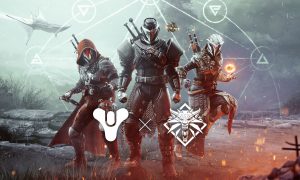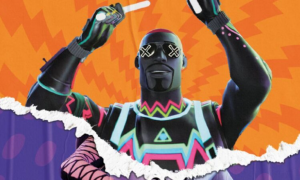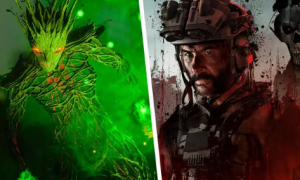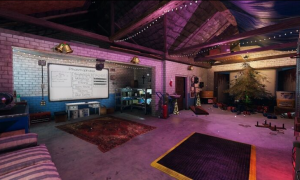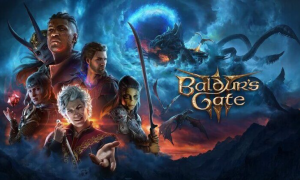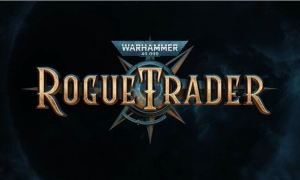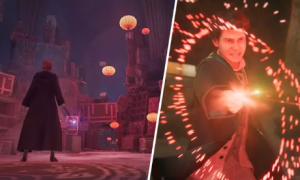Deadlock Players Are Building Their Own Competitive Scene—and It’s Awesome
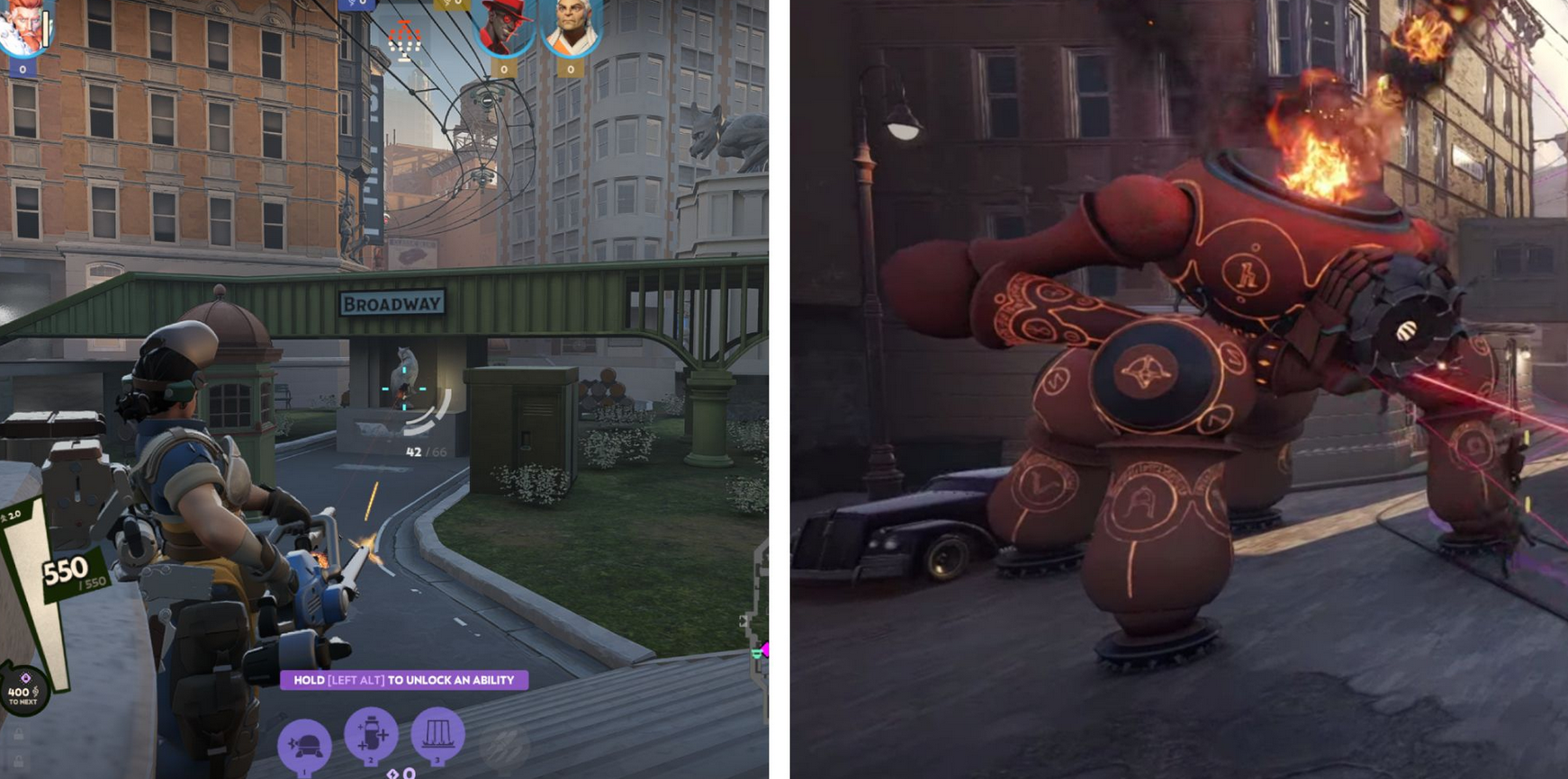
The competitive community for Deadlock has taken matters into their own hands, and frankly, it’s hard not to be a little envious of the results. Despite Valve’s early attempts to streamline the MOBA-shooter hybrid for casual and ranked play, top players are improvising features that Deadlock currently lacks, creating a grassroots competitive scene with elements that could transform the game into a true sport.
Deadlock’s Current Ranked Landscape
A month ago, Valve introduced ranked play to Deadlock,and just recently made it the sole matchmaking mode. The change has fostered more serious play, encouraging players to refine their skills and climb the ladder. But as the competitive meta evolves, frustrations have surfaced, especially for players who don’t queue with pre-assembled teams. One glaring omission? A pick-and-ban phase—a staple of many MOBAs, including Valve’s own Dota 2.
In traditional MOBAs, the pick-and-ban phase allows teams to strategize before the match begins. Players trade hero bans and carefully select complementary characters, setting the stage for cohesive gameplay. But in Deadlock, matchmaking assigns players random lanes and teammates with only a brief moment to prepare. This omission has led to mismatched team compositions, disjointed strategies, and games that feel lost before they’ve even started.
Enter Deadlock Fight Night
Rather than wait for Valve to address these concerns, the Deadlock community has taken the initiative. Deadlock Fight Night is a grassroots tournament series offering a glimpse of what a polished competitive scene could look like. The weekly event pits top players against each other in a king-of-the-hill format, complete with professional commentary, high production value, and—most importantly—a manually implemented pick-and-ban phase.
This addition is a game-changer. Teams ban one hero each, then alternate picks, crafting their rosters with purpose. It’s not just about countering opponents but also ensuring synergy within your team. Watching this process unfold is as thrilling as the matches themselves, adding a layer of strategy that makes Deadlock Fight Night feel like a different game altogether.
What Deadlock Could Learn from Its Community
Valve’s decision to streamline Deadlock by eliminating the pre-game phase was likely an attempt to reduce downtime and make the game more accessible. However, as Deadlock grows more competitive, this simplification feels like a missed opportunity. A proper pick-and-ban phase would:
- Enable Strategic Depth: Allowing players to tailor their team compositions would lead to more satisfying matches and nuanced gameplay.
- Reduce Frustration: Pre-game coordination could prevent mismatched teams and the feeling of being doomed from the start.
- Enhance Spectatorship: The mental tug-of-war in the pick-and-ban phase is a key draw for esports fans, adding drama before the action even begins.
Looking Ahead
Valve has plenty of time to shape Deadlock into the esport its players clearly want it to be. The community’s enthusiasm and ingenuity are promising signs, but the current state of matchmaking leaves casual and solo queue players at a disadvantage. By taking cues from events like Deadlock Fight Night, Valve could implement features that elevate the game’s competitive potential while maintaining its accessibility.
For now, the community’s improvised solutions offer a tantalizing preview of what Deadlock could become. If you’re as intrigued as I am, keep an eye on Deadlock Fight Night—it might just be the blueprint for the game’s bright future.

